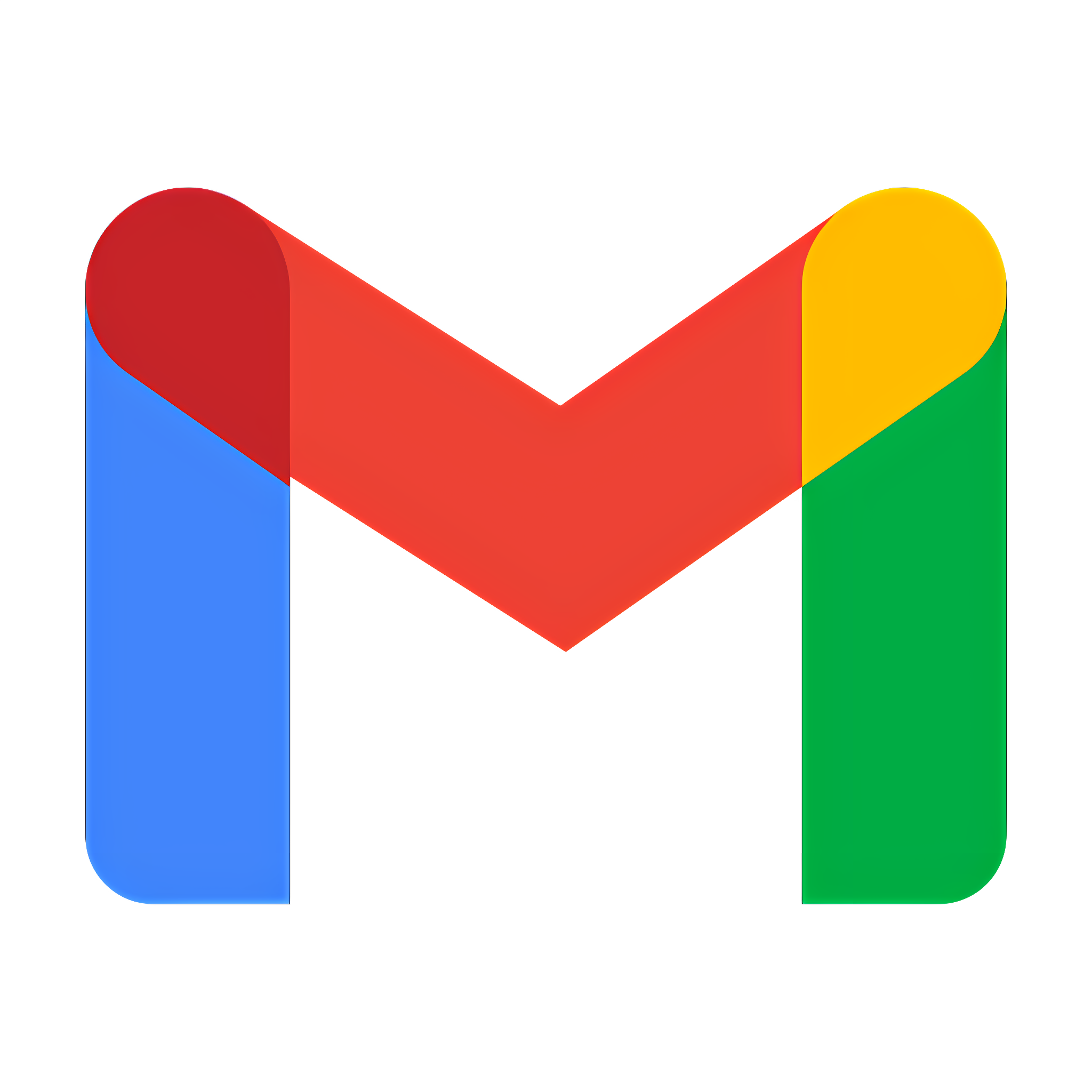
Gmail is Google's widely-used email service that serves both as a personal communication tool and an email sending infrastructure for businesses. Launched in 2004, Gmail has grown to become one of the world's most popular email platforms with over 1.8 billion active users globally.
While primarily known as a webmail service, Gmail also functions as an email sending platform through Google Workspace (formerly G Suite). Many businesses leverage Gmail's infrastructure to send marketing communications, newsletters, and transactional emails due to its reliable deliverability, strong authentication standards, and built-in analytics.
As a sending platform, Gmail offers several distinct characteristics compared to dedicated ESPs. Its infrastructure provides high deliverability rates, robust spam protection, and seamless integration with other Google services like Analytics, Docs, and Drive. However, it typically lacks the advanced segmentation, sophisticated automation workflows, and specialized email marketing analytics that purpose-built ESPs provide.
Organizations using Gmail for their email campaigns often exhibit different operational patterns than those using dedicated marketing platforms. The choice may indicate specific priorities regarding budget allocation, technical resources, and marketing strategy sophistication. Gmail usage is particularly common among small businesses, startups, and organizations with limited email marketing volume or complexity requirements.
